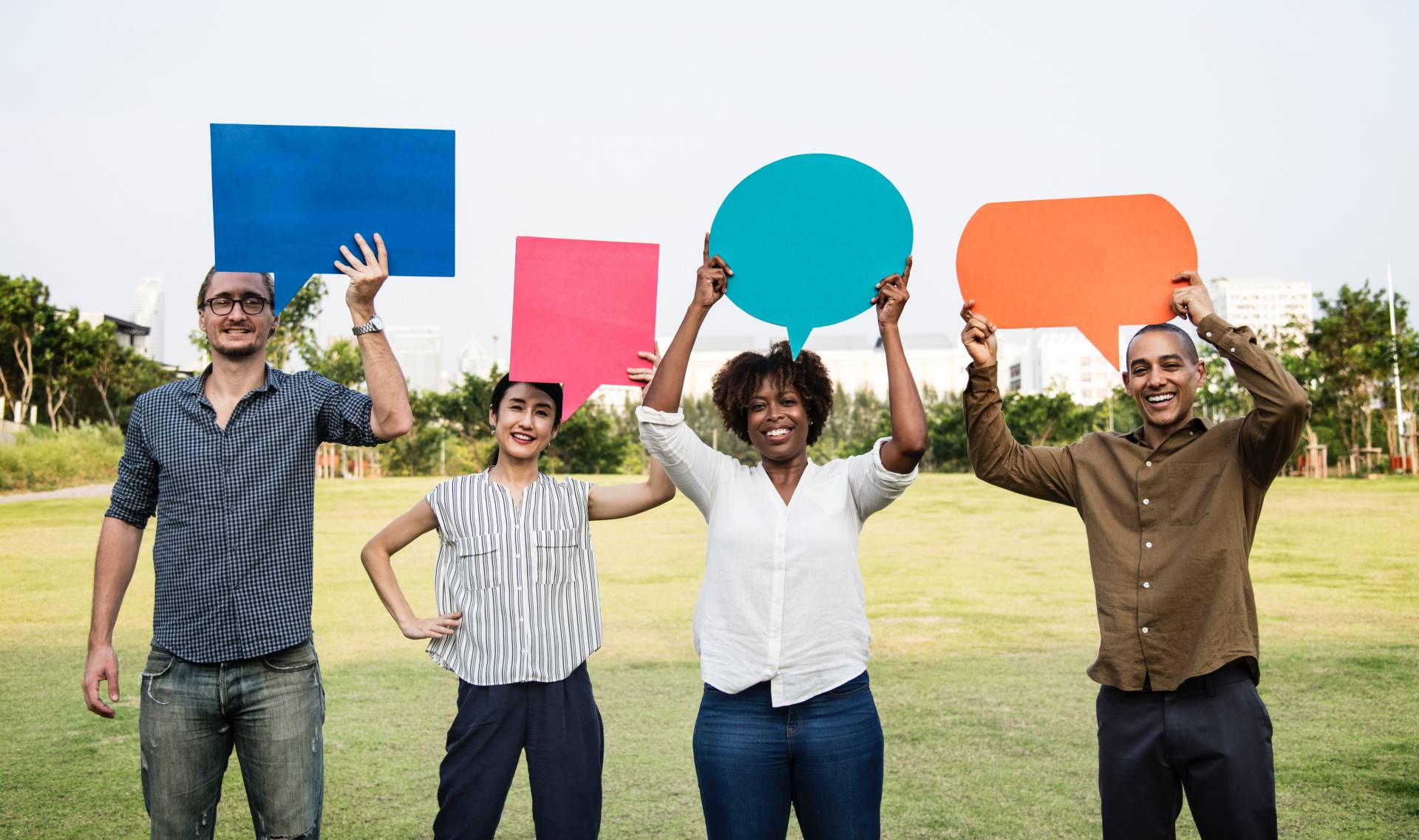 Tagging is an essential part of a solid social media marketing strategy. It helps you interact with both your current audience and those you want to woo into your fold. However, there have been enough cases of overtagging that Facebook, Twitter and Instagram all have their own brands of justice when it comes to dealing with those they perceive to be spammers.
Tagging is an essential part of a solid social media marketing strategy. It helps you interact with both your current audience and those you want to woo into your fold. However, there have been enough cases of overtagging that Facebook, Twitter and Instagram all have their own brands of justice when it comes to dealing with those they perceive to be spammers.
Overdoing It
We’ve all seen them. Maybe we’ve even connected with them at some point. They’re the companies and individuals that tweet and post constantly, including at least 10 different tags for each one they make. Their original message is a tiny speck of black text lost within a swirl of blue hashtags and at-signs. If you’ve found a real winner, there will even be a string of unintelligible emojis.
This is overtagging.
Being recognized by a company is wonderful, that’s why tagging became popular. Being over recognized is a frustration akin to receiving continual spam in the mail from a company you have no intention of visiting. It’s the laundry list of poorly worded emails that clutter up your spam folder. While people are not afraid to tell off these social media spammers, the spammers didn’t have to stop until the social media sites began enacting penalties for the abuse of their connectivity system.
Ironically, Facebook, the social media site that is now notorious for being nothing but advertisements hidden as posts or “interesting” articles has the most well-known restrictions of all social media sites.
Tagging on Facebook began as a different idea altogether. In this realm of blue and white, tagging referred to noting individuals that appeared in different photos. It wasn’t until 2013, six years after Twitter created the hashtag, that hashtag technology was finally integrated, transforming the idea of tagging in this arena forever. While great for allying your business posts with your own marketing tags and current trending tags, too much of a good thing is detrimental. In fact, posting three or more decreases total interactions severely. However, this isn’t the worst part. With too many, people will see your posts as spammy or too obviously an advertisement. When this happens, they’ll begin marking your posts as such, flagging the attention of Facebook. With enough malice against you, the site may very well put you on a suspension period or deactivate your account altogether.
The worst and most damaging to your personal brand is tagging people in pictures who are not even in the picture. Now, I don’t mean tagging someone to see a funny meme, interesting post, event or even product. I’m talking about those overzealous people who tag lots of people on one photo so that they’ll see the flyer, picture, or event. It’s that person who is “too excited” about their latest venture that over tags to the point that they not only damage their reputation they also damage their relationships.
Even with a strict character limit, Twitter is not free of those that abuse tags. In this sphere of social media, though, the abuse comes more from a comment, an at-sign and a link to some website that has absolutely nothing to do with the original post. Typically, these tweets will come from users that have models as their user images, but companies are not always above such a tactic. Things like posting too much and too often as well as posting repeatedly to trends in order to get attention are all frowned upon.
To counter this, Twitter invites users to report both profiles and specific tweets for overtagging. Even so, the most popular tool at a user’s hand is to block the company outright. This means that they will no longer be able to see anything you post and vice versa. The implications of this are catastrophic since tagging allows you to be seen by everyone that follows that person. Being blocked by an individual is not the loss of one customer, it’s the loss of upwards of tens of thousands.
Instagram is basically a free-for-all. There is a limit of 2200 characters for the comment section and a severe restriction of hashtags, limiting users to a mere 30 for each post. This makes Instagram even more notorious in terms of overtagging. Companies are prone to falling for the method of turning every other word into a tag, viewing it as a convenient way to connect with every single tag that is even remotely related to the brand.
Instagram the company marks spam in virtually the same way as the other social media sites. By noting too many tags in a single post, too many posts made in a small time frame and taking into account user reports of spam accounts, they do their best to police the aptly named Instaspam. Like Twitter, if your account is found guilty and banned or suspended, you lose more than just the attention of one person, potentially costing your company and your reputation.













